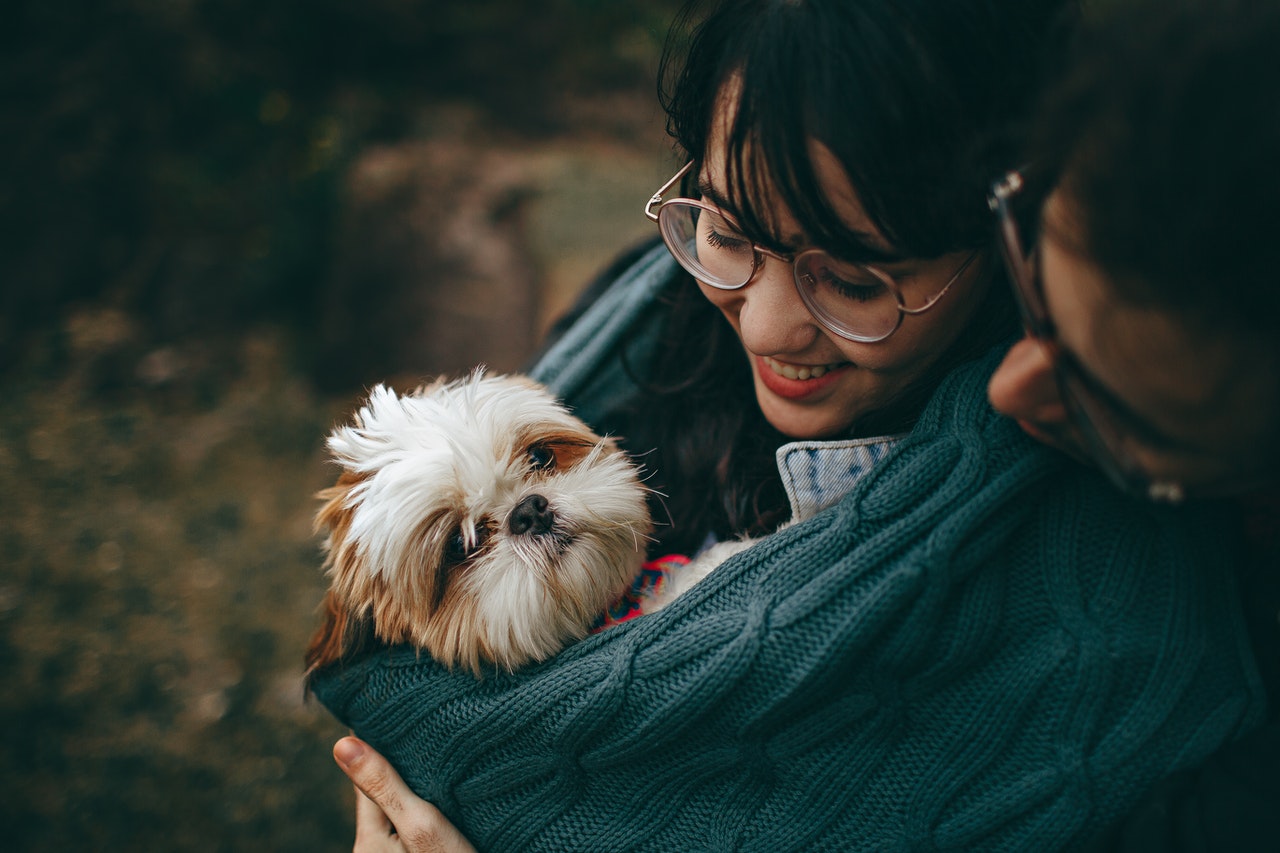Introducing a Furry Family Member? 5 Tips for Integrating a Dog Into Your Family
It’s always exciting to grow your family, especially when you are adding an adorable four-legged friend. And while the humans in your family look forward to meeting them, it’s common for a new animal to feel stressed during the introduction. Whether you are adopting an energetic puppy or a relaxed senior dog, you want to make their transition into your home as natural as possible.
Ensuring your new dog feels safe and comfortable with your family should be every new pet owner’s top priority. Here are five tips for integrating a new pup into your pack.
Invest in dog training
Blending a dog into your home and lifestyle takes work, but training your furry friend makes it much more manageable. A trained dog can communicate with its pet owner and understand the rules of the house much quicker. Enrolling your dog in rewards-based training reduces destructive behaviors like biting, barking, or running away. A well-behaved dog is ideal for multi-pet families or those with children and creates a less stressful living situation for the whole family.
Additionally, training your pup encourages confidence and offers much-needed mental stimulation. Training your furry friend can start at any age, but ideally should begin in their adolescent years. Start by researching dog training 101 and weigh the pros of professional-led programs like Snowy Pines White Labs’ Puppy University.
Introduce your dog in a quiet setting
It’s understandable for your family to be jumping up and down at the thought of a new puppy. But bringing an animal into a high-energy setting is a recipe for disaster. Make sure you aren’t overwhelming the dog by introducing them to one family member at a time outside of the home. Then, let them tour the house on their own while you quietly chaperone. Children can be particularly grabby toward pets, so encourage them to be patient and calm when interacting with the dog for the first time. Most importantly, offer your new four-legged friend a safe kennel to retreat to if they become stressed or need a break from socialization.
Create a neutral dog to dog introduction
When introducing a new dog to established pups, start by offering each dog a toy or blanket with the other’s scent. Place the item with the new smell in a location where your dog sleeps or lays often. This practice will encourage scent recognition when they meet face-to-face. When it’s time to bring the two canines together, find a neutral location unfamiliar to both pups. Keep them on leashes and stay relaxed. Offer both dogs plenty of praise, and don’t get discouraged if they end up ignoring each other on the first meeting. Carefully watch the dogs’ body language for signs of relaxation like open mouths and playful posturing. If either displays stiff body movements, teeth-baring, or prolonged staring, it’s time to take a break.
Establish boundaries
When introducing them, it’s essential to set rules for your entire family, human and canine alike. Section off certain areas of the house with baby gates or closed doors while your dog acclimates to a smaller space. If you have an established dog, allow them to roam the house freely but make sure to separate feeding and sleeping areas away from the new pup. Non-animal family members must also understand boundaries and know when to give the new dog space. For homes with young children, make sure to discuss safety rules that will prevent them from being nipped, like leaving the animal alone during feeding time and recognizing body language.
Have empathy
Of course, it’s every pet owner’s dream to have one big happy family right off the bat. But forming a bond takes time, and every dog is different. Remember to respect your pet’s space, and allow them to initiate the first few interactions. Don’t get discouraged with behavior setbacks, as a new pup will likely lack confidence for the first few months. Be exceptionally compassionate toward rescue dogs and, above all, remain positive.
Closing thoughts
Introducing a new pup into your family only strengthens the bond of the entire unit. To encourage lifelong harmony, new pet owners should do everything in their power to reduce anxiety and uncertainty for both parties.
Start by giving your dog a solid training foundation, and let them meet other furry family members in a neutral location. Once they’ve met the rest of the group in a quiet setting, offer your canine companion private place they feel safe. Most importantly, be patient with your new dog and remember that with time, love, and trust, they will soon be a loyal member of the pack.

